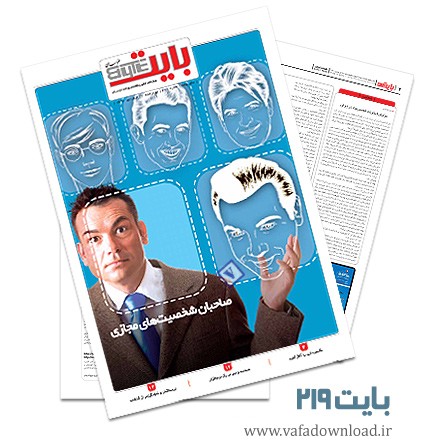

Here the authors show that controlled and.

The program TREOR90 is based on semi-exhaustive method. It is generally believed that fast Li-ion transport in batteries can only be achieved when the host material does not change much with the Li movement. This lead to the famous program DICVOL91. in a thermal transformation from tetragonal CoSe from below 150☌ to 200☌.4 Figure S7. The selenide analog of the former compound was also reported by Zhou X., et al. With the advances in computer speed it became apparent that the solution for indexing of powder pattern can be found by exhaustively searching the available parameter space in small increments and looking for agreement between computed and observed 1/d^2. patterns of cubic Co9S8 through CrystalDiffractTM, indicating that the product of the solvothermal synthesis at 200☌ is more likely to be Co9S8 instead of the title compound. It was then further developed by de Wolff (1957, 1958, 1963) and incorporated in a computer program by Visser (1969). The method first proposed by Runge in 1917 and rediscovered by Ito (1949, 1950). The method of powder diffraction indexing is known variously as Ito's method, de Wolff's method, Visser's method, or Zone-indexing. In such cases there exists methods and computer programs that can be tried. When the unit cell needs all six cell parameters then all simple graphical methods do not work.
CRYSTALDIFFRACT INDEX FULL
Instead, we develop native applications for each platform, using the official developer tools, designed to take full advantage of your hardware and operating system, to deliver an elegant, rich and seamless user experience. Selecting atoms or groups of atoms isolating an area of interest in a complex structure. We do not use 'lowest-common-denominator' cross-platform porting technologies. Powder pattern indexing is an age-old problem and has been discussed in the literature intensively. Simulating diffraction properties for a displayed crystal, via CrystalDiffract and SingleCrystal.


 0 kommentar(er)
0 kommentar(er)
